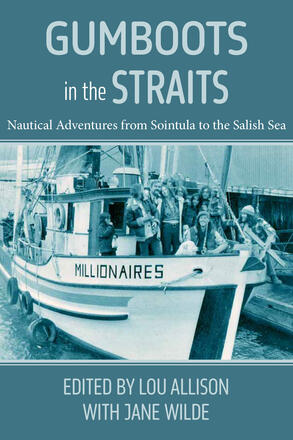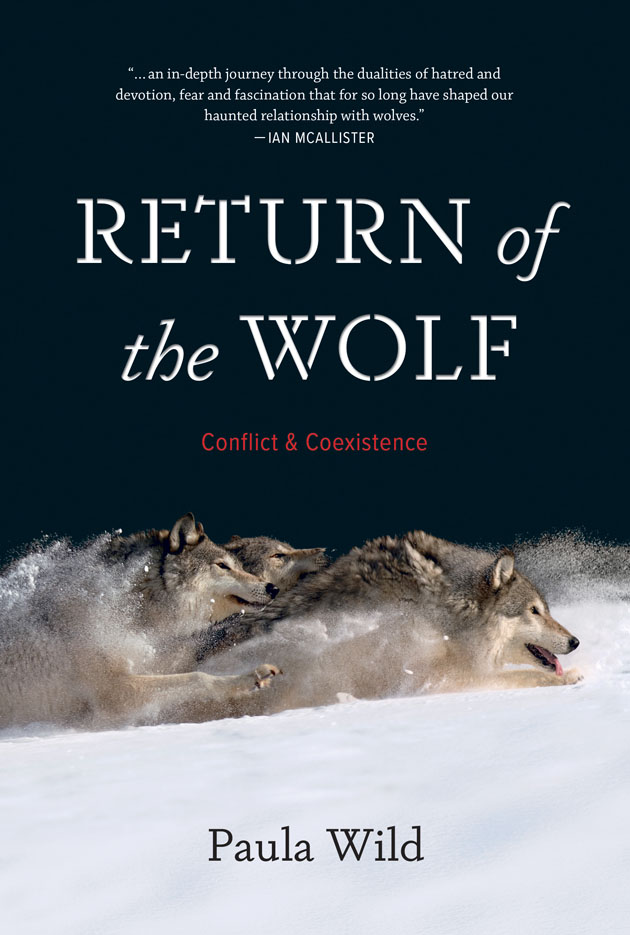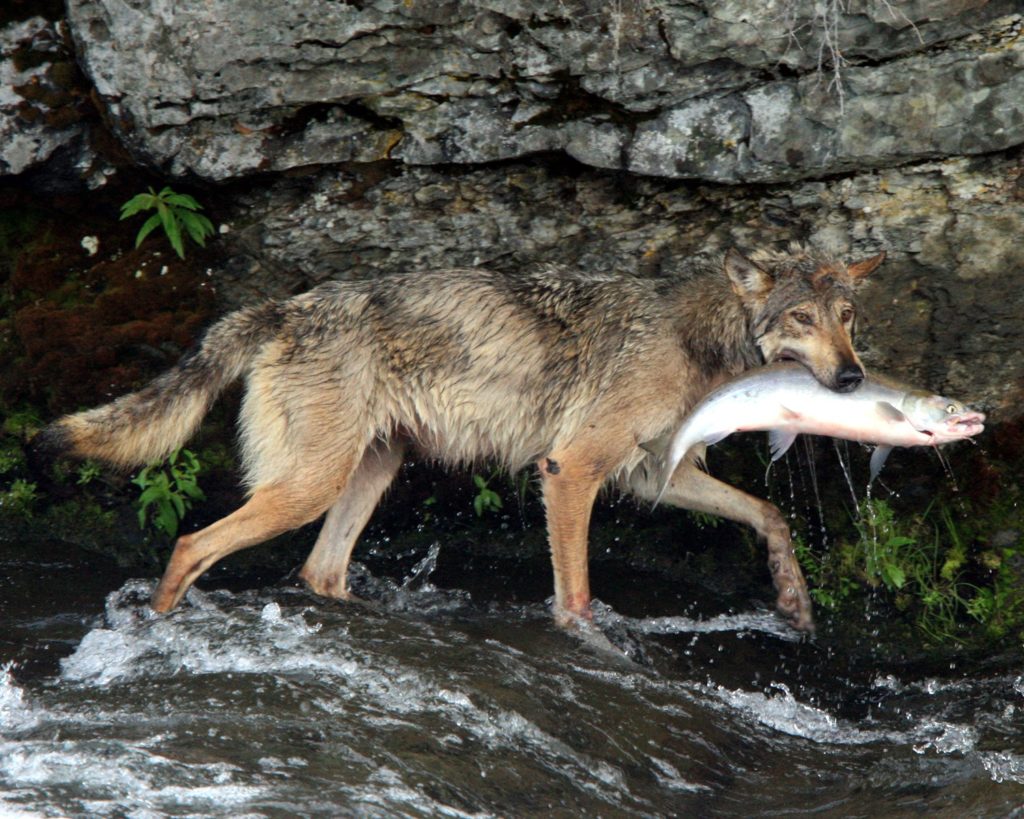Wanting to write a book is one thing. Making the commitment is another. Especially if it’s your first book.
Three questions I always ask myself are: Is my interest in the topic compelling enough to dedicate a significant amount of time to it? Will the story intrigue an agent and/or publisher? Will anyone besides my mother buy the book?
I was willing to invest time to my first book – Sointula Island Utopia — but wasn’t sure about the agent, publisher and readers. Well, I thought my siblings would probably buy books, as well as my mom, so I had four potential sales. I decided to go for it.
Strangely enough, the seeds for that first book were planted in the Sointula Credit Union.
I lived in Sointula, BC for thirteen years (1975−1988) and for ten of those years, I was the only fulltime employe at the credit union. At that time, it consisted of one room upstairs in the Sointula Co-op.
Having grown up in an urban environment, life in a small seaside community of 750 people who predominantly had Finnish ancestors and primarily made their living from fishing was an exciting adventure.
The credit union didn’t have chequing accounts, so members purchased money orders to pay their bills. That meant they often spent fifteen minutes or more with me.
I was enthralled by their stories. Especially the ones about the early days of the Finnish settlement on Malcolm Island, the visionary (Matti Kurikka) they invited to lead them in their utopian endeavors, and the achievements, setbacks and scandals that followed.
 For several years I had been fulfilling my childhood dream of being a writer and had moderate success publishing articles in magazines and newspapers. But I was itching for something more. Something big and challenging to focus on.
For several years I had been fulfilling my childhood dream of being a writer and had moderate success publishing articles in magazines and newspapers. But I was itching for something more. Something big and challenging to focus on.
Every day at the credit union, I thought, “Someone should write these stories down.” Then one day, I wondered, “Why not me?”
I approached the BC Archives in Victoria, and they agreed to support me by providing cassette tapes (pre-digital times!) and guidance on conducting interviews. Along with my other research, I interviewed people living in Sointula, as well as others who had moved away. I was surprised at how eager everyone was to talk to me and how candid their stories were. A few people were so moved by their memories that they cried.
Along the way, I conquered my shyness, learned what types of questions generate the best answers and honed my writing skills. But doubt was a beast living in the recesses of my mind. Was what I working on good enough to be published?
Then I saw an ad in a Comox Valley newspaper for Blue Pencil Café sessions with author, Susan Mayes. I’d loved her book, The Life and Death of Albert Goodwin and knew she would give me honest feedback. I signed up, paid my fee and sent three chapters for her to review.
I was so nervous when I met Susan that I wouldn’t accept a cup of coffee or drink from the glass of water provided for fear I’d spill them. To my surprise, she was excited about my story and encouraged me to complete the manuscript.
I floated home and spent as much time as I could writing. But Susan hadn’t totally banished the beast. Early on in my research, I’d realized that the Sointula story had two parts. The first was the early Finns’ endeavors to create a better life. The second was the similar hopes and dreams of the hippies, back to the landers and war resisters who moved to the island in the 1960s and 1970s.
Part one was finished but did I have the stamina to write part two? Should I just call it quits and try to find a publisher?
Deciding I needed another professional opinion, I prepared an outline of the book and sent that, along with a couple of chapters, to Harbour Publishing.
A couple of weeks later, I received a postcard from Howard White, co-founder and publisher of Harbour Publishing. He said they were interested in the story and liked my outline.
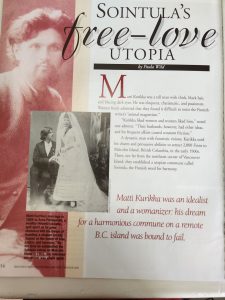
It was a shock when Sointula island Utopia became a BC Bestseller and was awarded a BC Historical Federation Certificate of Merit for its significant contribution to BC history.
I couldn’t have done it without the help of many people – those I interviewed, those who translated Finnish documents into English, and the advice of Susan, Howard, and the BC Archives. I am forever grateful for that early encouragement.
But here’s the thing, a successful book isn’t just about a good story and decent research and writing. It’s also about the professional editing, design, marketing, and publicity that a good publisher can provide. That’s what showcases your work and makes the public aware of and interested in the book. Of course, in the digital age, a good social media platform helps too.
I recently donated the remainder of my Sointula research – oral history tapes, transcriptions of the tapes, handwritten notes, newspaper articles, and more, to the Sointula Museum. I’m so glad the material has gone home.
Photo on book cover by Rick James

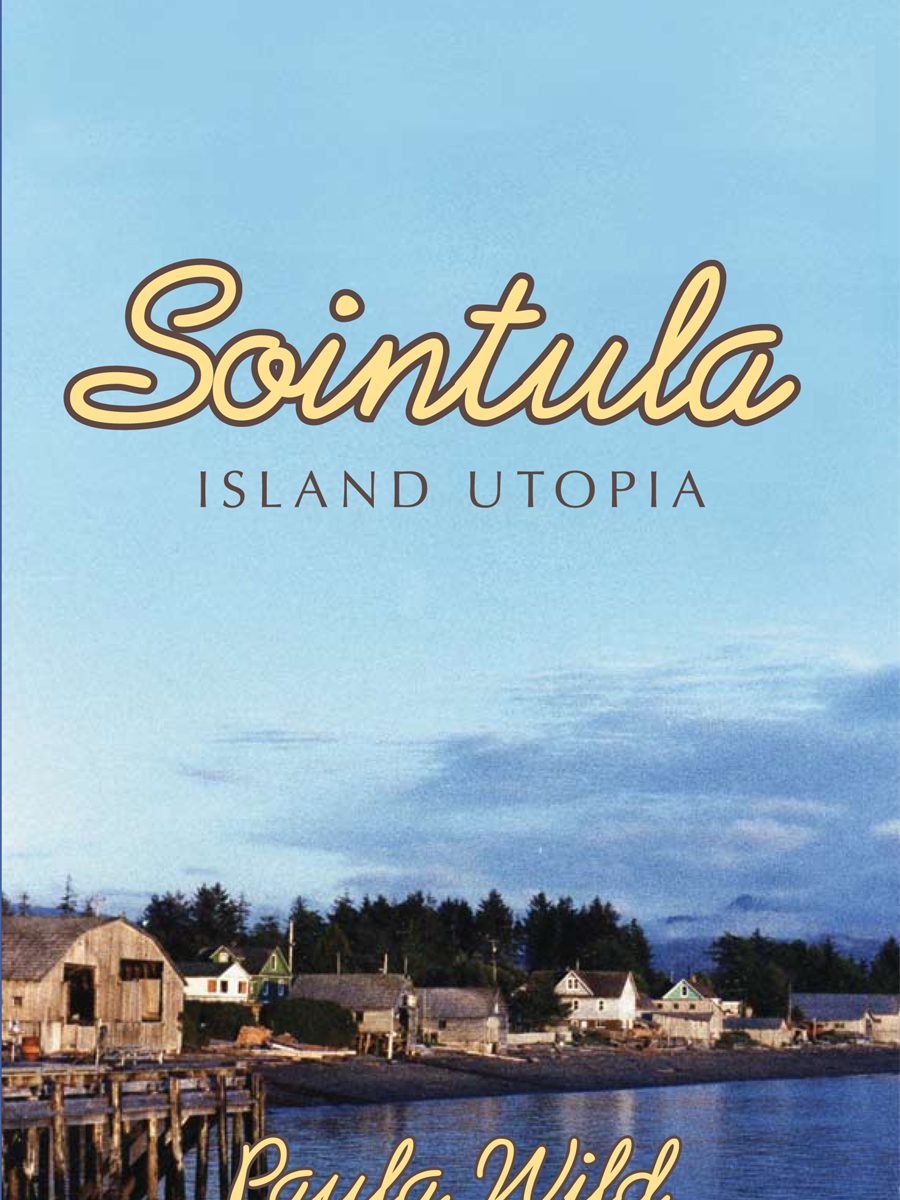

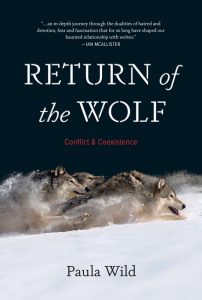 What you can count on is that at some point, there will be a wildcard. My first was an elderly man, obviously in some stage of dementia, who kept asking why all the images in his book were different from everyone else’s. Then there was the homeless woman who attempted to dominate the Q
What you can count on is that at some point, there will be a wildcard. My first was an elderly man, obviously in some stage of dementia, who kept asking why all the images in his book were different from everyone else’s. Then there was the homeless woman who attempted to dominate the Q 
 A book tour often means attending as many gigs as possible in the shortest amount of time. On one Vancouver tour, I was interviewed by two radio stations, appeared on three television shows, gave a presentation at the downtown library and had a photo shoot for the Globe
A book tour often means attending as many gigs as possible in the shortest amount of time. On one Vancouver tour, I was interviewed by two radio stations, appeared on three television shows, gave a presentation at the downtown library and had a photo shoot for the Globe 